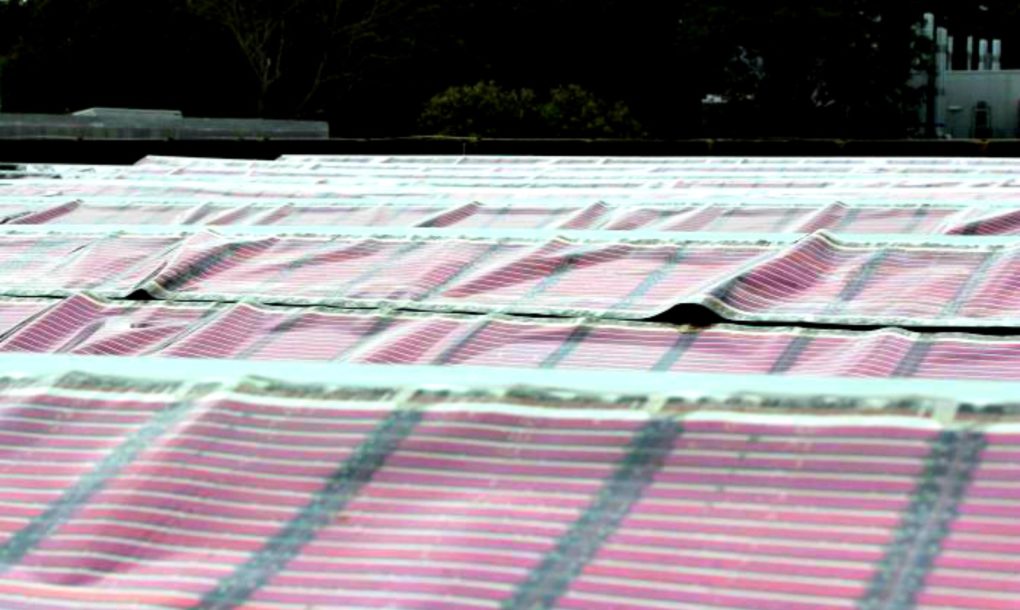When disaster strikes, whether it be man-made or natural, power is the resource people need most. For this reason, Professor Paul Dastoor has been working for decades to develop a lightweight “printed solar” panel that is capable of generating power. Now, the invention is in its final trial stages at the University of Newcastle in New South Wales.
The revolutionary solar panels are made by printing electronic ink onto clear, plastic sheets. The final product is lightweight enough it can be quickly shipped to populations in distress – and that is the point. “What we do know right now is that if there’s a disaster the first thing people need is power,” said Dastoor. “Typically that’s generated by a diesel generator and you have to truck in fuel.”
Compared to a silicon model, the lightweight solar panels are made from glass, which makes them much lighter. This, in turn, makes them ideal for developing countries. ”If I had 1000 square metres of typical silicone cells, that would weigh the equivalent of roughly three African Elephants. 1000m2 of this material would weigh about 100 kilograms,” said Vaughan, putting the product’s weight into perspective.
The panels are also very economical to produce. After doing extensive economic modeling, the research team has concluded that they can produce the printed solar scales for less than $10 a square meter. “Try buying carpet for less than $10 a square metre,” said Vaughan.
Based on data collected by the research team thus far, it is estimated that the university’s small printer can produce hundreds of meters of solar cells every day. In Professor Dastoor’s words, this “means that we’ll be able to power using scaled up printers, say thousands and thousands of homes… it’s very exciting.”
You can expect to find the printed solar panels available for sale in about three years time. And, they won’t be marketed to just go on roofs. “One of the things about these cells is that they’re not as sensitive to light intensity,” said Dastoor. “Any part of the roof will generate electricity; even walls, windows, surfaces of vehicles, tents, lightweight structures, roofs that can’t take a heavy conventional silicone solar cells are now accessible to these modules.”The inventor will “massively increase” the area of solar cells so energy can be produced in a variety of new ways. Added Dastoor, “We think it’s going to be a big change to the way in which we think about power being generated renewably.”
Click here to go to the original source


